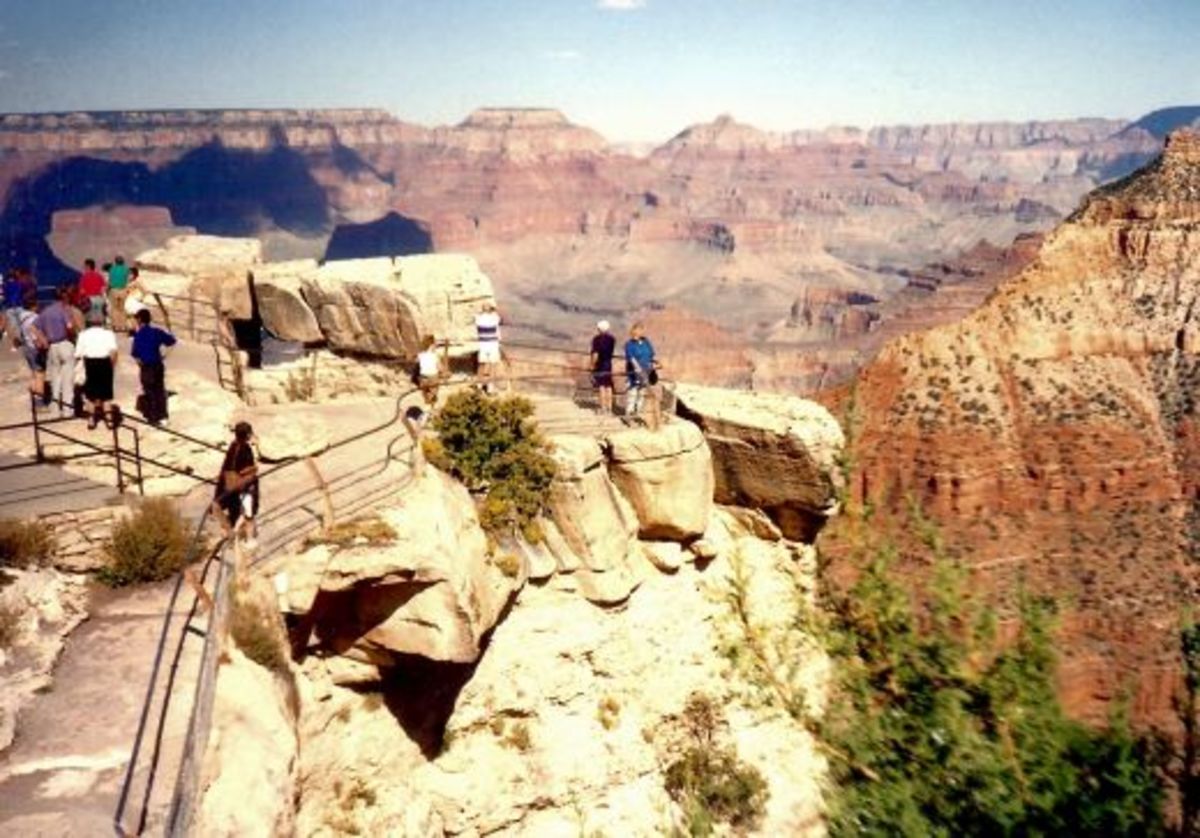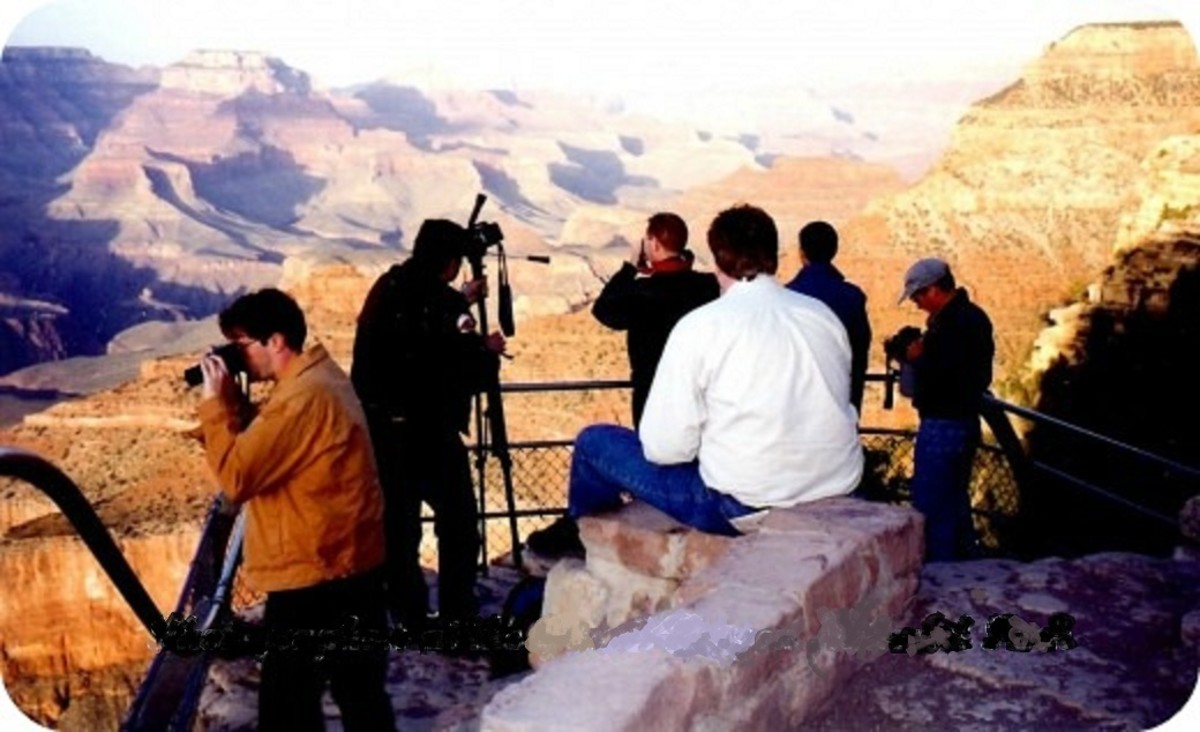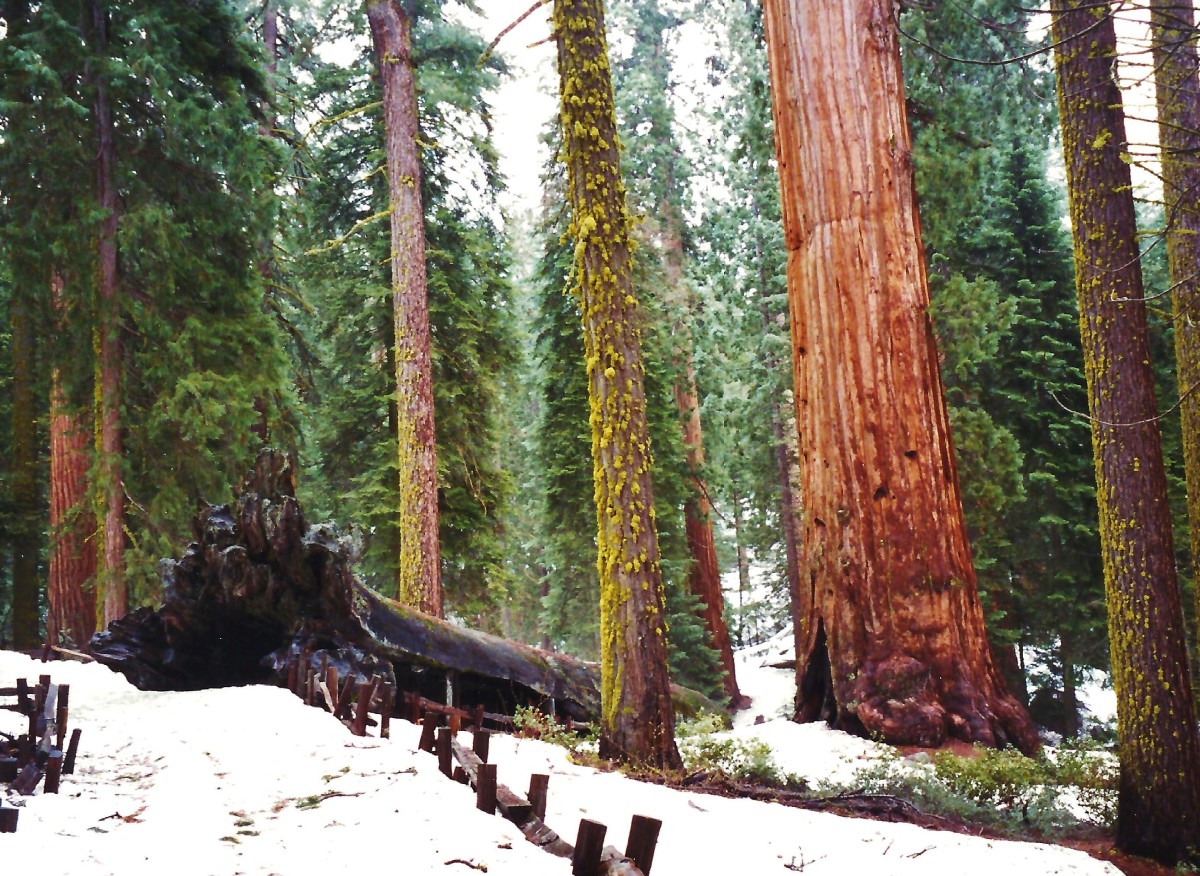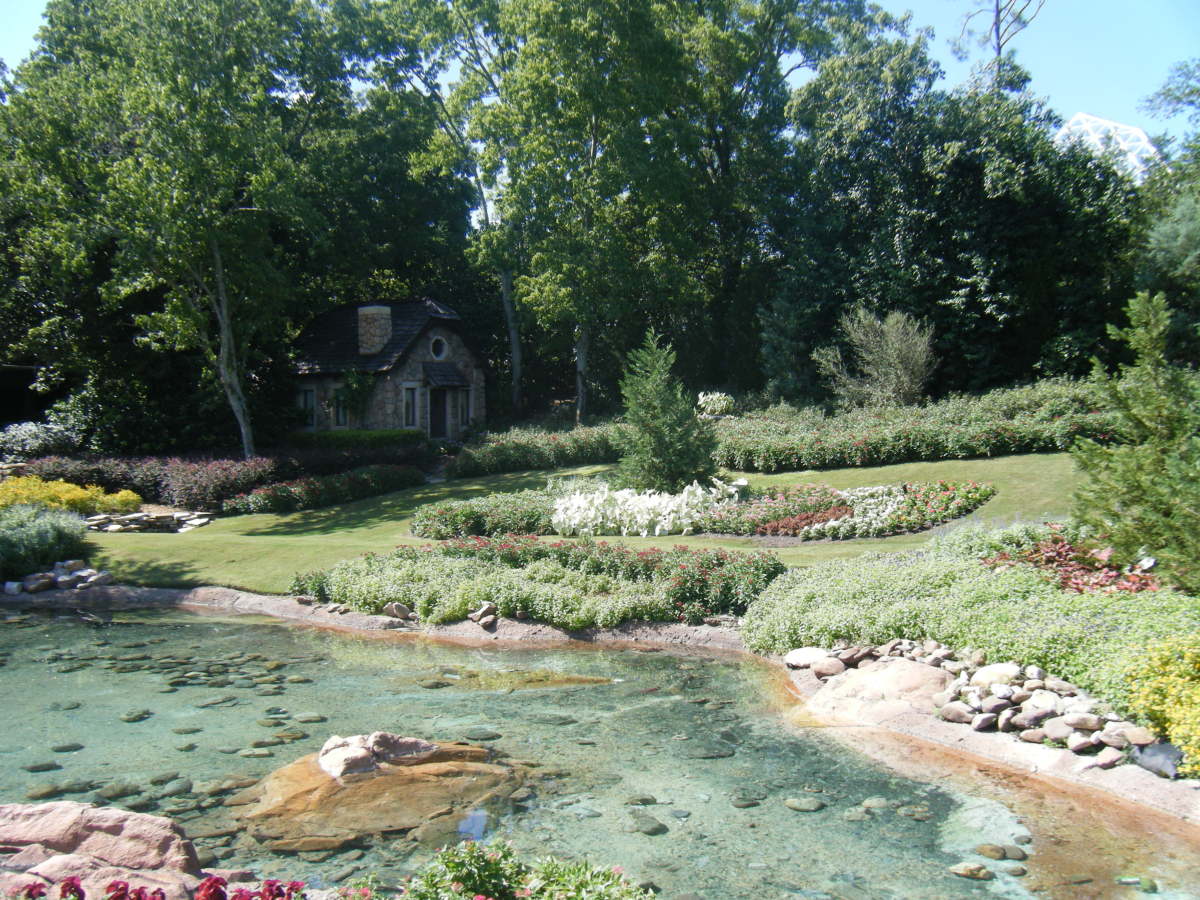Kings Canyon And Sequoia National Park Learn Its History
The Sierra Nevada mountain range nestled in between California and Nevada land, where the Basin and Range Province and the California Central Valley resides, respectively house national parks that's east of Fresno and Visalia, California. These parks are the Kings Valley National Park and Sequoia National Park. Both national parks sit near the San Joaquin Valley, where they house many foothills, deep canyons and caverns, mountains and the largest trees in the world.
Both Sequoia and Kings Canyon National Parks are home to a vast amount of animals--mammals like black bears, coyotes and rare species such as wolverines and bighorn sheep. At all elevations within the parks, there's a bevy of different reptiles and amphibians, as well as over 200 species of birds that can be spotted within the area. There's also over 1,200 varieties of plants found within the Sequoia and Kings Canyon National Parks, some of which include the various giant sequoia trees included with their rich history. Sequoia and Kings Canyon border each other, and subsequently share many landmarks and wildlife populating the area.

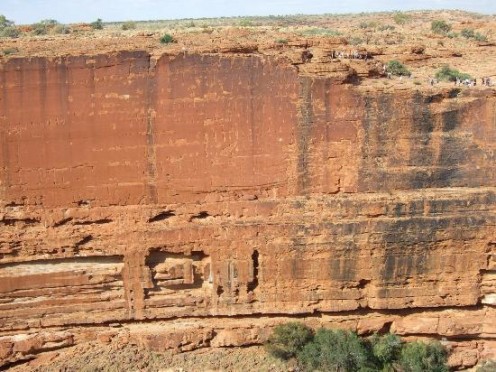
The Largest Trees In The World
The largest trees in the world make their home in the Sequoia and Kings Canyon National Parks. Two of these trees are the General Grant Tree and the General Sherman Tree.
The General Sherman Tree is the tallest living single stem tree in the world, with a height reaching 275 feet. It measures 25 feet in diameter and has been living for over 2,500 years. The tree was named after William Tecumseh Sherman, an American Civil War general.
General Grant Tree is the second largest tree in the world--making it the largest sequoia tree found in the Kings Canyon National Park. The tree is over 1,500 years old, measuring 267 feet in height and 28 feet in diameter.
History of Kings Canyon National Park
Kings Canyon was first known by settlers as early as the mid 19th century. A prominent settler named of John Muir drew great attention to the park from the first time following this visit in the early 1870s. Muir, an American naturalist and explorer, discovered the innate similarity Kings Canyon and Yosemite Valley had with one another. This discovery reinforced his theory concluding that both valleys were fostered by large glaciers during the last Ice Age, debunking Josiah Whitney's theory that assumed valleys like Kings Valley were formed by the actions of enormous earthquakes.
Kings Canyon was finally established as a national park, alongside the General Grant Grove area and surrounding back country past Zumwalt Meadow, during the 1940s. The year 1965 brought the addition of Tehipite Valley to the park.

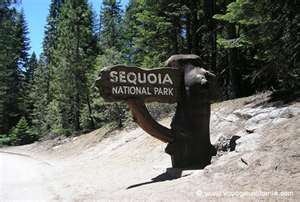
History of Sequoia National Park
Monachee Native Americans made their home in the Kaweah River drainage area within the region of Sequoia National Park. During the summer seasons, they traveled through the Sequoia National Park area, reaching areas as far as the Giant Forest. European settlers actively exploring the region bought the disease smallpox with them, eventually threatening the Monachee population.
Sequoia National Park was established by the National Park Service in the 1890s, becoming the second national park of the United States. The Giant Forest, home to five of the largest trees in the world, merged into Sequoia National Park during the year of its founding. Logging operations were found within the Sequoia National Park before the year of its establishment, which bought an end to all logging operations happening at the time.
Where Is Kings Canyon? What About Sequoia National Park?
Kings Canyon National Park is home to two sections--one which comprises the General Grant Grove section and the home of the King Canyon, located within the South Fork canyon area.
General Grant Grove of Kings Canyon National Park houses many groves of giant sequoia trees--including the General Grant Tree, the famous giant sequoia bearing the name of Ulysses S. Grant. Within the General Grant Grove area, the Redwood Mountain Grove houses the largest and natural remainder of giant sequoia trees in the world.
The famous canyons of Kings Canyon Nation park are located just east of General Grant Grove, past the forks in the Kings River and San Joaquin River. Kings River has a South and Middle Fork that forms its most famous glacial canyon, the King Canyon--one of the deepest canyons of the United States. The King Canyon also houses several caves, its most famous being the public Boyden Cave.
Sequoia National Park is divided into a front country and back country. The front country area, originating from Ash Mountain, leads to a number of woodlands, grasslands and foothills, comprising the only Californian foothills system protected by the National Park Service. The back country is home to unmarked wilderness; these areas are reached through traveling by foot or horseback. Some of the highest elevated spots of the park can be seen here--including Mount Whitney, assessable from the High Sierra Trail through the Giant Forest.

